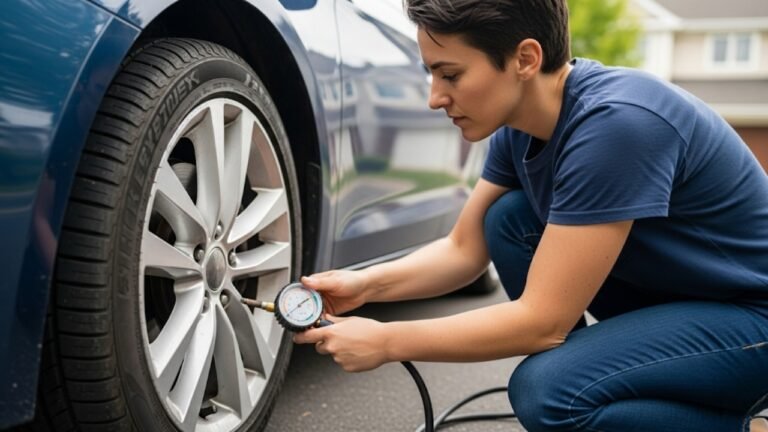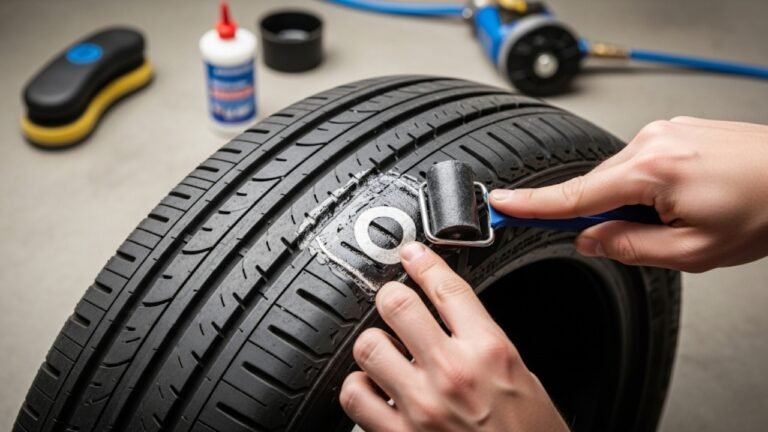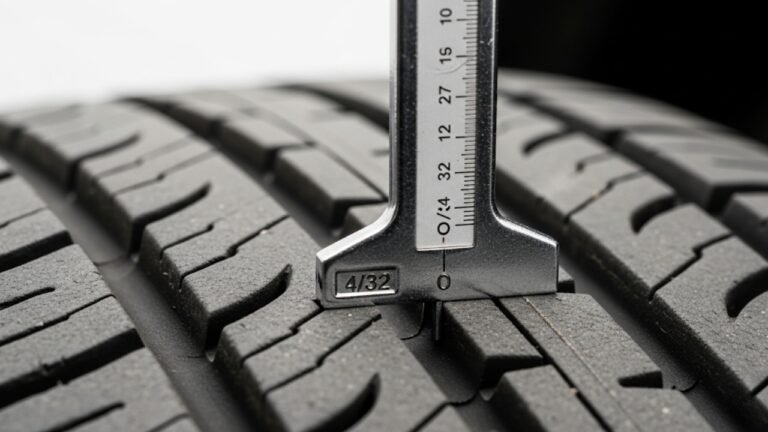Firestone vs Goodyear: My Surprisingly Honest Take
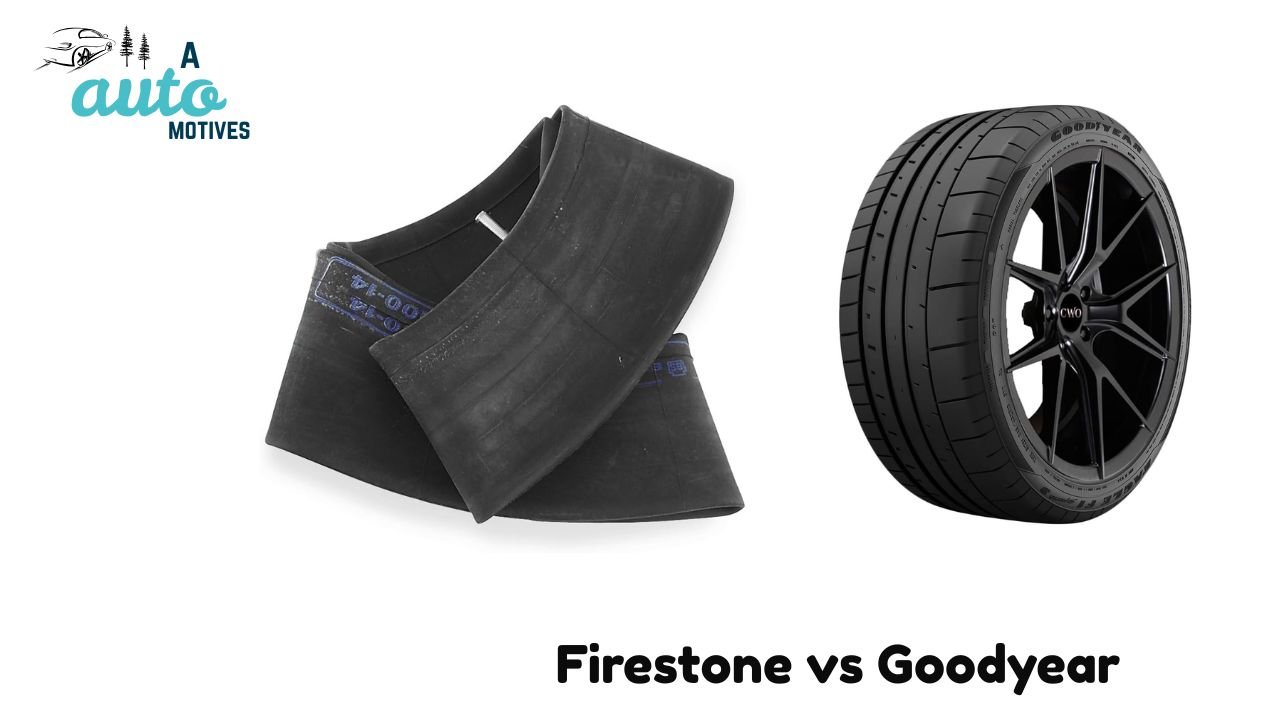
Choosing the right tires can feel like picking the perfect coffee blend—too strong, and your ride gets harsh; too weak, and you lose grip when it matters most. Living and driving across the U.S., I’ve learned that tires can completely change how your car feels. The same car that drives smooth and quiet with one set of tires can feel loud and stiff with another.
Over the last decade, I’ve driven everything from a Ford F-150 to a Honda Accord and even an old Subaru Outback through snow, rain, heat, and mud. And the two tire brands that have followed me through those miles are Firestone and Goodyear.
If you’ve ever stood in an auto shop staring at those two names, wondering which one actually deserves your money, this honest review is for you. I’ll share what I’ve learned from years of testing both—how they handle, how long they last, how they sound, and most importantly, how they feel in real-world driving.
My First Encounter with Firestone
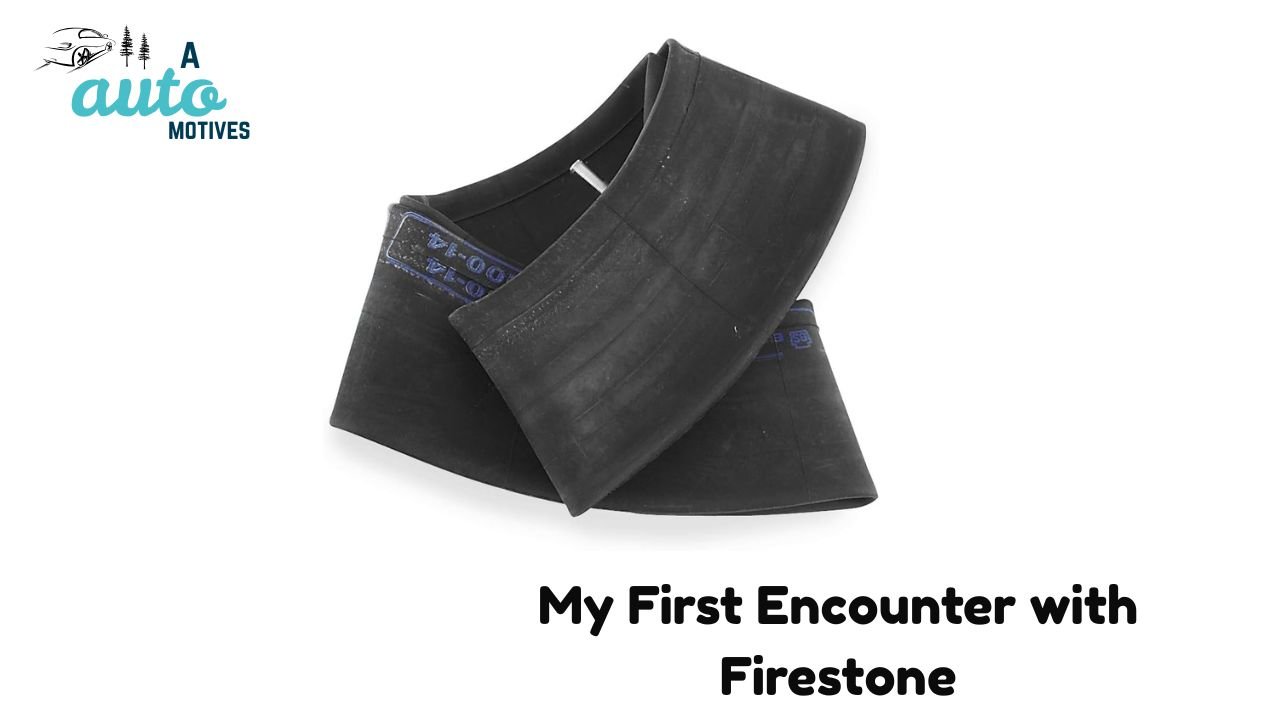
My first Firestone set came out of necessity. It was winter in Minnesota, and my old tires had turned into slicks. I chose Firestone WeatherGrip because of its Three-Peak Mountain Snowflake rating—a mark that promises real winter traction, not just marketing fluff.
That first morning after a snowfall, I remember hitting the brakes on a patch of black ice. My stomach dropped, expecting the usual slide. But the tires held. It wasn’t magic—it was tread design. The deep grooves and curved channels pushed slush out fast, keeping the rubber in contact with the pavement.
From that point on, I was hooked on what Firestone could do in bad weather. I’ve since used their Destination LE3 and Firehawk AS, and the consistency is what stands out. These tires don’t just perform well on paper—they hold up through real abuse.
How Firestone Handles Real Roads
1. On Cold, Icy Roads
Minnesota winters can humble even experienced drivers. But Firestone tires, especially the WeatherGrip, feel like they were made for it. I had full control when cornering or stopping, even in freezing slush. I’ve tried cheaper all-season tires before, but none came close to this kind of stability.
2. On Long Highway Trips
One summer, I drove from Chicago to San Diego—a stretch that goes from cool Midwest mornings to blazing desert heat. I used Firestone Destination LE3s for that trip. The difference in road noise was instantly noticeable. The hum faded into a soft whisper, and my gas mileage improved by nearly 2 MPG. The LE3s roll efficiently, meaning the engine doesn’t have to work as hard.
3. In City Stop-and-Go Traffic
City driving can expose a tire’s weaknesses. Uneven roads, potholes, and wet stops are tough tests. My Firehawk AS handled it all. Even when I slammed the brakes during a downpour, I didn’t feel that heart-dropping slide. The stopping power was confident and predictable.
What Makes Firestone Stand Out
Firestone’s engineers seem obsessed with grip and longevity. Their tread patterns are designed not just for looks but for function. Water evacuation, steady cornering, and consistent wear—that’s where Firestone nails it.
Here’s what my years of driving taught me:
-
Tread Life: My Destination LE2 lasted over 60,000 miles before I replaced them. They still had life left, but I swapped them before winter.
-
Comfort: On rough pavement, they’re not whisper-quiet like Michelin, but definitely smoother than budget brands like Cooper or Hankook.
-
All-Weather Performance: The Mud + Snow rating on most Firestone models isn’t just symbolic. Whether it’s summer rain or winter frost, they hold up.
What I Love:
-
Excellent grip in rain and snow
-
Smooth handling on both city and highway roads
-
Solid tread life (55K–70K miles)
-
Better fuel economy than expected
-
Reliable quality for the price
What Could Be Better:
-
Slightly noisy on rough highways
-
Pricier than some budget options
-
Not ideal for deep, unplowed snow
-
Certain models are sometimes hard to find in stock
If you’re a commuter, a family driver, or someone who travels often, Firestone offers that balance of safety, comfort, and economy. It’s not flashy—but it’s dependable.
My Experience with Goodyear
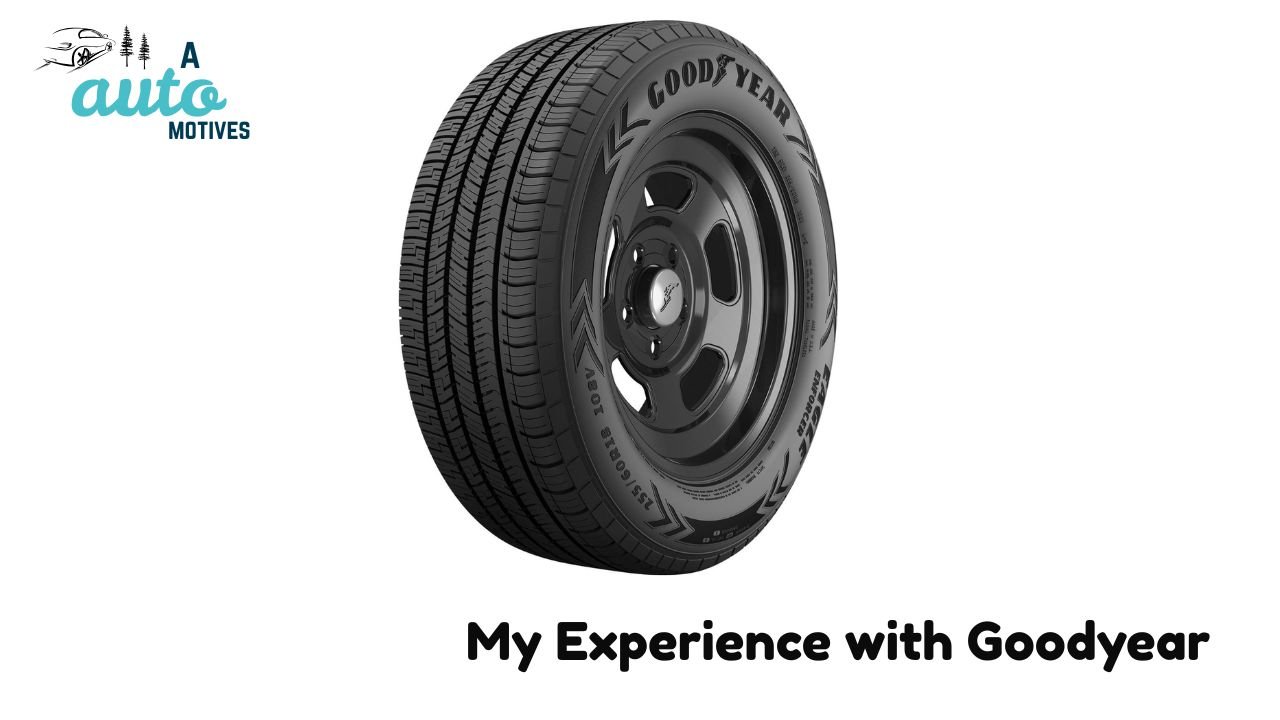
Now, Goodyear has a different personality altogether. If Firestone is the hardworking, steady companion, Goodyear feels like the confident expert who’s been around forever—and knows it.
My first Goodyear set was the Assurance WeatherReady, which I picked up before a winter trip through Wisconsin and Michigan. What caught my attention was how quiet and balanced they felt—even on icy stretches. There’s a calmness to Goodyear tires that makes long drives less tiring.
When I switched to the Goodyear Eagle Touring for my sedan, the ride felt refined. The steering became sharper, and the noise levels dropped even further. Goodyear focuses heavily on road comfort and longevity, and it shows in real-world use.
How Goodyear Performs in Different Conditions
1. Snow and Ice
With Goodyear Assurance WeatherReady, I felt confident even on slick roads. These tires also have the 3PMSF snow rating, but they handle differently than Firestones. They don’t dig in as aggressively, yet they offer a smoother, more stable feel. The difference is subtle—but noticeable.
2. Long-Distance Highway Driving
Goodyear shines here. My Eagle Touring tires made 1,000-mile road trips feel effortless. Even at 75 mph, the cabin stayed quiet, and the ride felt composed. I noticed about a 1.5 MPG improvement compared to my Firestones, which surprised me since Firestone usually wins in fuel efficiency.
3. City Commutes
Chicago’s stop-and-go traffic isn’t kind to tires, but my Goodyears held their own. Quick braking, fast turns, wet asphalt—they handled it all smoothly. While Firestones felt firmer, Goodyears felt cushioned, almost like they absorbed the chaos of city streets.
Goodyear’s Strengths
Goodyear has always been about innovation. You can feel that in their tread design and rubber compounds. The Assurance ComfortDrive and MaxLife are perfect examples—engineered for long wear, quiet rides, and year-round traction.
-
Tread Life: My Goodyear MaxLife tires are rated for up to 85,000 miles. After 60,000 miles, they still had healthy tread depth.
-
Ride Comfort: Even after years of driving, Goodyears maintain their smoothness.
-
Weather Resistance: From Texas heat to Midwest snow, these tires handle temperature swings better than most.
What I Love:
-
Excellent grip on both wet and dry roads
-
Very quiet ride—even at high speeds
-
Outstanding tread life
-
Consistent gas mileage improvement
-
Dependable all-weather performance
What Could Be Better:
-
Higher price than Firestone or Cooper
-
Some models can feel stiff off-road
-
Availability can be hit or miss in smaller towns
If comfort, longevity, and refinement are your priorities, Goodyear feels like a premium upgrade.
My Honest Observation
After years of using both brands, I realized this: Firestone gives you rugged reliability, while Goodyear delivers polished comfort.
Firestone feels like the kind of tire you’d trust on a cross-country road trip through rain and gravel. Goodyear, on the other hand, feels made for drivers who love quiet highways and clean turns.
Both will keep you safe and steady—but the experience is different.


